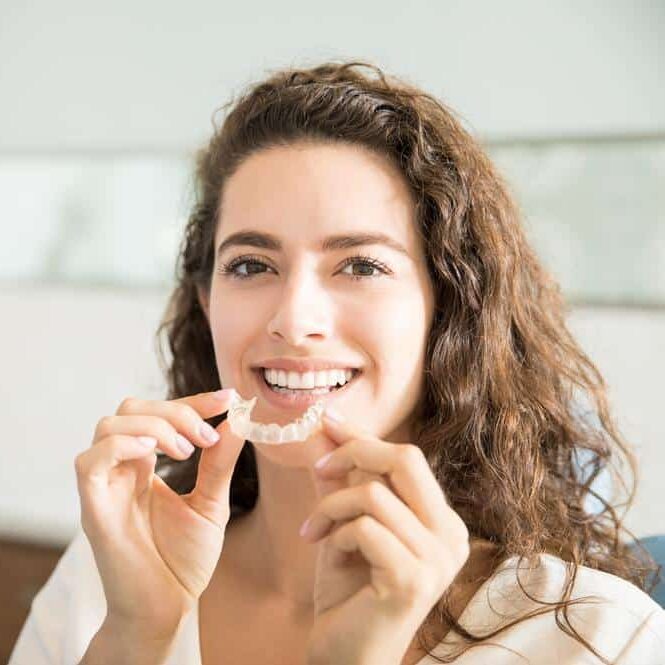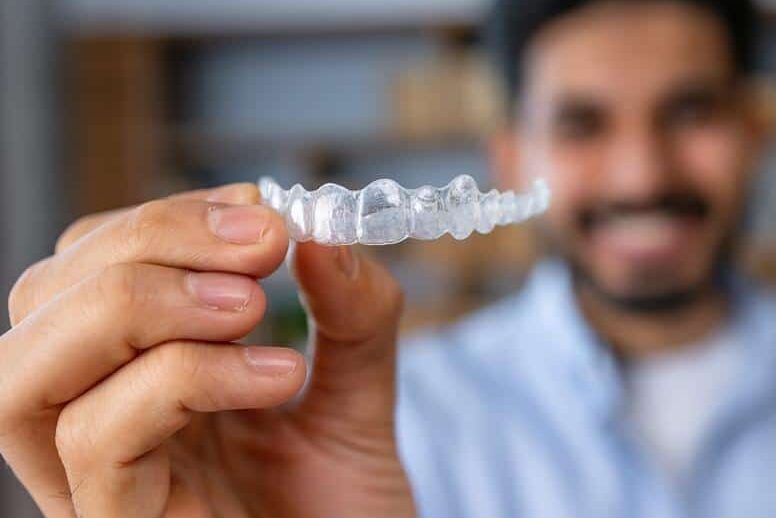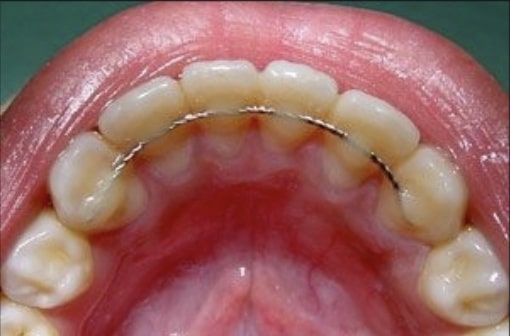
Retainer Care Instructions
Maintain Your Beautiful Smile
Completed orthodontic treatment does not guarantee perfectly straight teeth for the rest of your life. We have a saying among orthodontists: “We treat malocclusions; we don’t cure them.” Just like how you don’t keep one prescription for vision correction your whole life, orthodontic needs and maintenance can change throughout life.
Teeth have “memory” and often move back to their original positions. Teeth also are subject to the changing forces of your tongue, cheeks, lips and chewing. They can move with jaw growth or when there are changes in bone health, metabolism and density with age.
Minor irregularities, particularly in the front teeth, may occur as teeth naturally wear with clenching, or grinding and may have to be accepted.
Retainers are needed to keep teeth as straight as possible, but even with good retainer wear, teeth occasionally may move slightly, as your body is a dynamic, always-changing organism. The purpose of retainers is not to ensure the teeth never move at all, but rather to minimize unwanted movement. Some changes may require future orthodontic treatment, or occasionally surgery, if changes in bite are due to growth or other biological factors. Some situations may require non-removable retainers or other dental appliances made by your family dentist.
There are three main types of retainers: Essix, Hawley (removable) and bonded (cemented onto the teeth). All three have pros and cons depending on your specific type of misalignment and bite.
Removable Retainers
Your retainers do not last forever and eventually will need to be replaced. The lifespan of any retainer varies from person to person. Excessive nighttime grinding or rough handling of retainers can cause them to crack or develop wear facets within months. However, with proper care, they can often last several years. If this happens, a night guard from your dentist may be helpful. If a retainer is lost or damaged, call our office immediately to schedule an appointment. There will likely be a charge per replacement retainer or repair. If further treatment is required due to unexpected growth or noncompliant retainer wear, additional charges will be applied to correct relapsed tooth movement.
Fixed Retainers
Fixed retainers are wires that are bonded behind your front teeth that require maintenance. They are not permanent and need to be monitored and replaced. Often when they break, repairs are not possible. Fixed retainers do not guarantee your teeth will stay straight. In rare cases, fixed retainers have been known to become bent over time with biting forces, causing unwanted tooth movement. The fixed retainer can become partially detached, leaving a sharp end to the wire that can cause tongue or other soft tissue irritation until you are able to get it professionally repaired or replaced. It is possible that the retainer could become detached from the tooth without you noticing it, and teeth could shift.
Flossing between teeth attached to a fixed retainer takes additional time and effort. Patients must have excellent oral hygiene to be good candidates for fixed retention. If not cleaned/flossed regularly, significant calculus can accumulate around the wire, possibly leading to cavities and decalcification. The tartar/calculus accumulation can also contribute to gingivitis. It is usually advisable to keep a removable retainer, worn regularly on top of the fixed retainer, as a back-up should the fixed retainer break.




